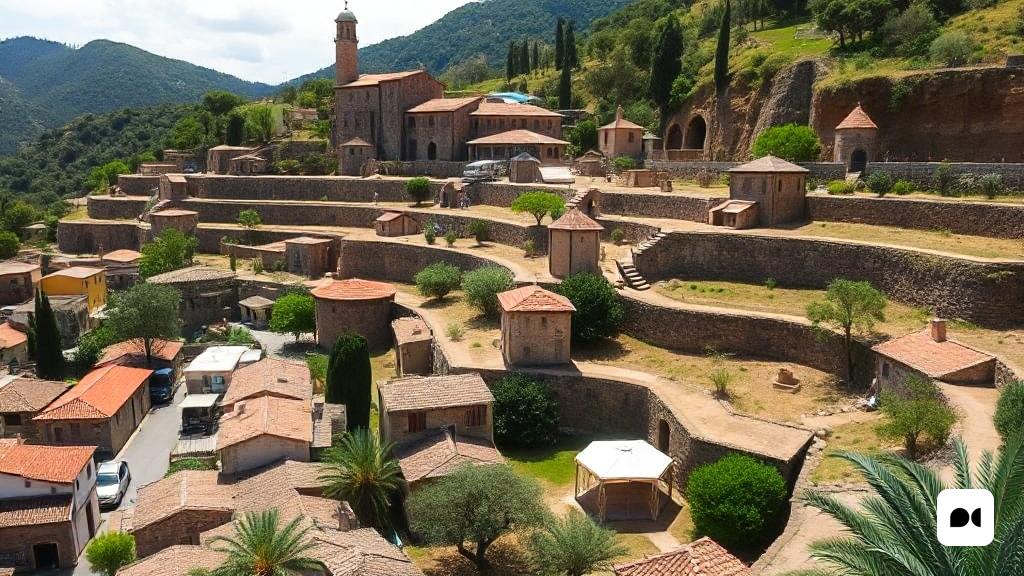The reality of a region in crisis
The Priorat is facing an alarming situation with the continuity of water cuts that affect its population. For a few days, the residents of this territory, one of the most affected by the drought in Catalonia, have had to deal with severe restrictions on the supply of drinking water.
Tourist and agricultural impact
Two of the most visited towns, La Morera de Montsant and Escaladei, only have running water for eight and a half hours a day. This situation not only affects the daily life of the residents, but also endangers the harvest season, a crucial period for the local economy focused on wine production.
Statements from the authorities
Sergi Méndez, president of the Regional Council, has described the situation as ‘dramatic’, stressing that the guarantee of access to drinking water and the viability of the wine sector are in danger. ‘The situation has changed from complicated to desperate,’ he declared to RAC1.
Emergency plans in place
Faced with this emergency, municipalities such as Marcà and Porrera are preparing to implement restrictions and coordinate the transport of water through tanker trucks, a solution that is seen as the only viable one in this context.
Data on water reserves
Recently, data on water reserves in Catalonia have revealed a significant decrease. Currently, reserves in the reservoirs of the internal basins are at 33.5%, three points less than a month ago. Despite the recent rains, the Ter-Llobregat system shows an average of 35.7%.
Recommendations of the Catalan Water Agency
Montse Alomà, representative of the Catalan Water Agency, has warned about the constant loss of reserves, which ranges between 0.8 and 1 cubic hectometre per day. The extreme drought particularly affects the Priorat and, to a lesser extent, the Alt Empordà.
Financial support for affected communities
To deal with this critical situation, the ACA has launched a new line of aid for water transport, with an investment of 2 million euros. This is the sixth call of this type in the last two years, with a deadline for applications ending on September 2, 2024.
The grants, which can cover between 30% and 95% of costs, are vital help for communities that need to implement emergency measures at such a critical time.

